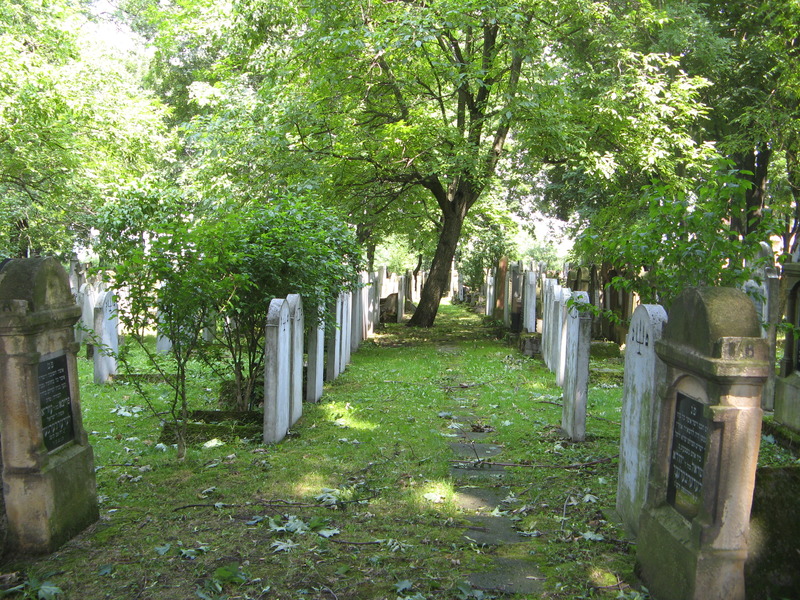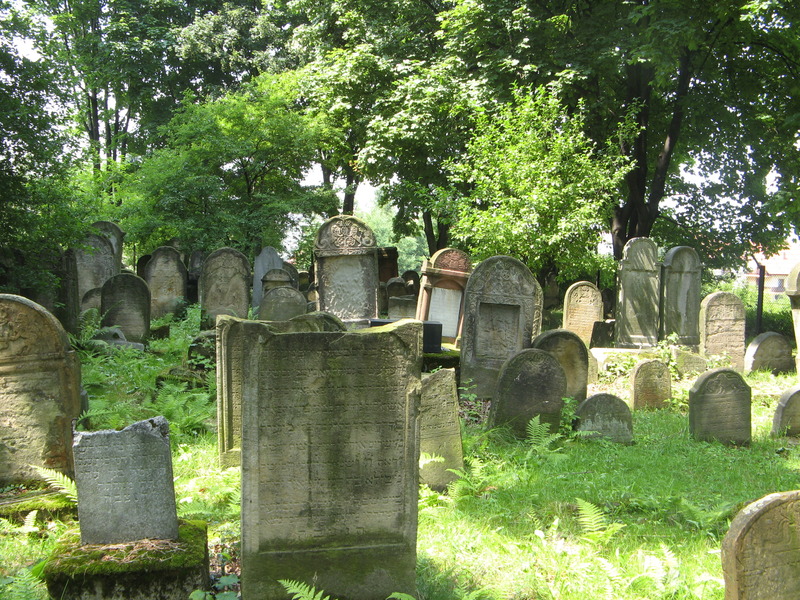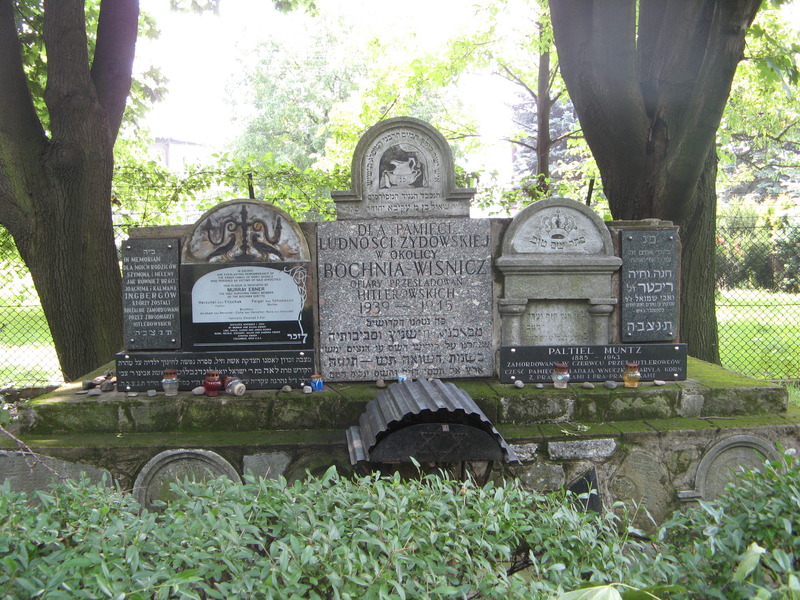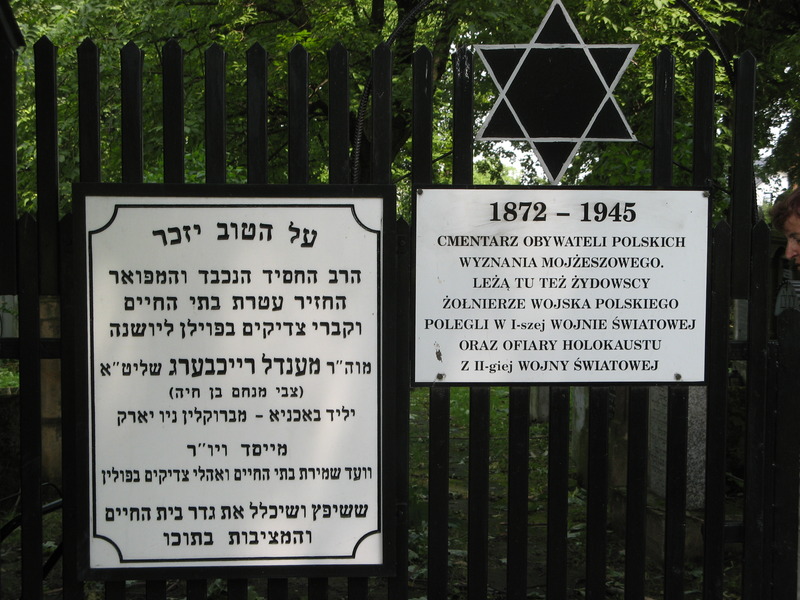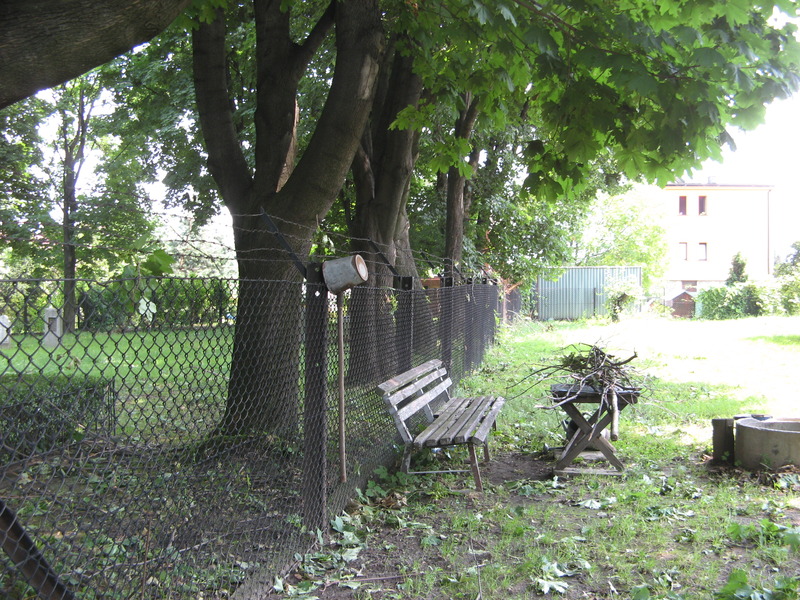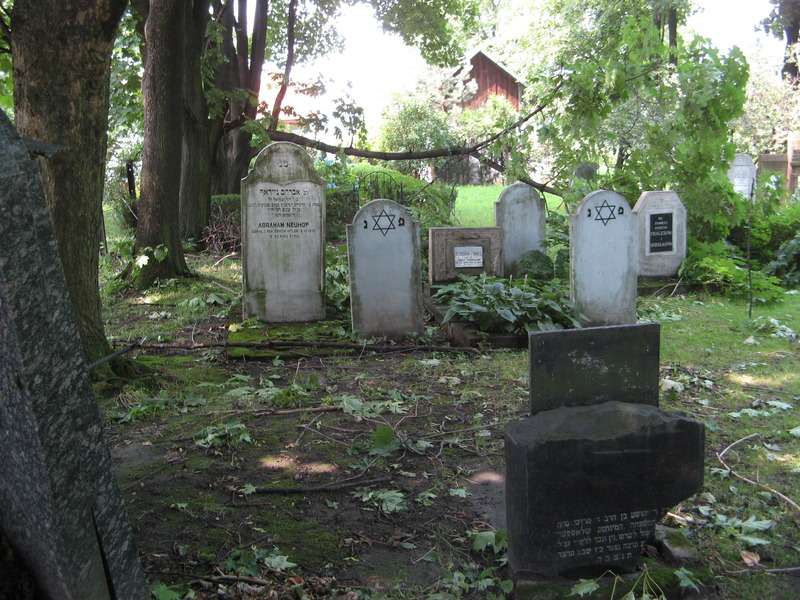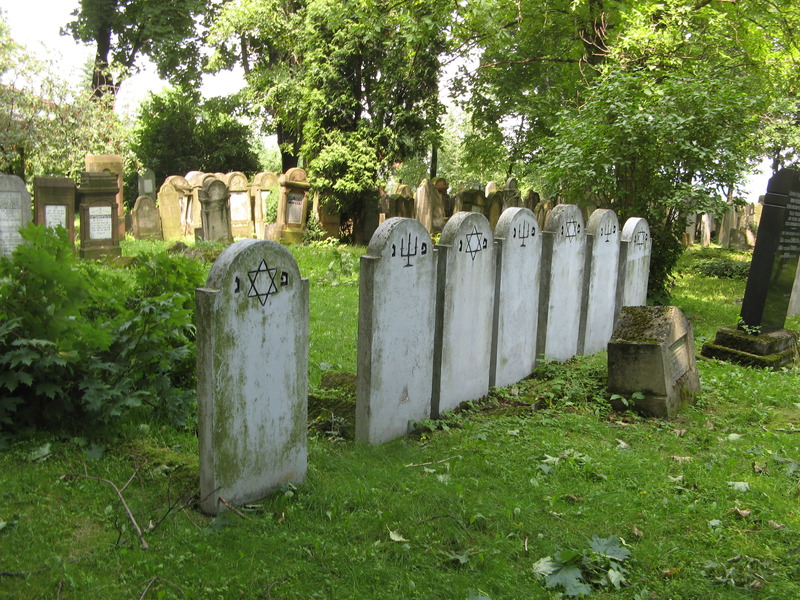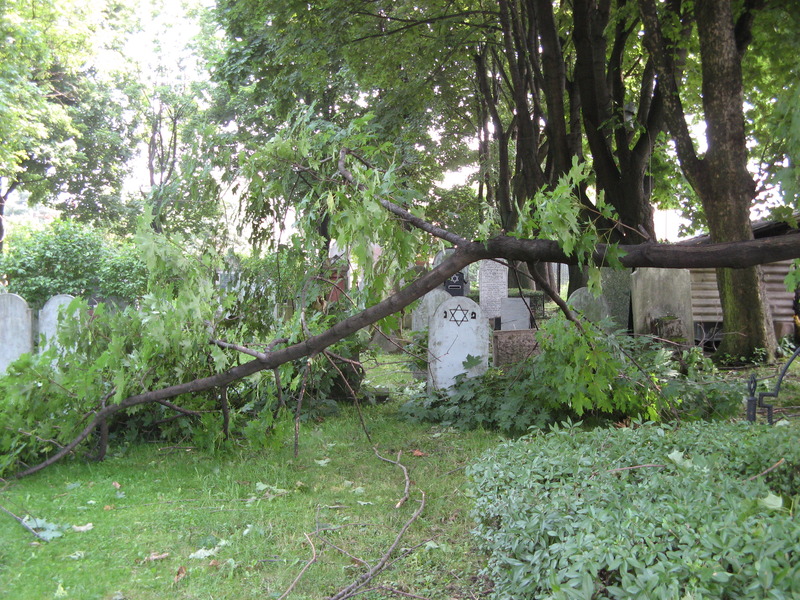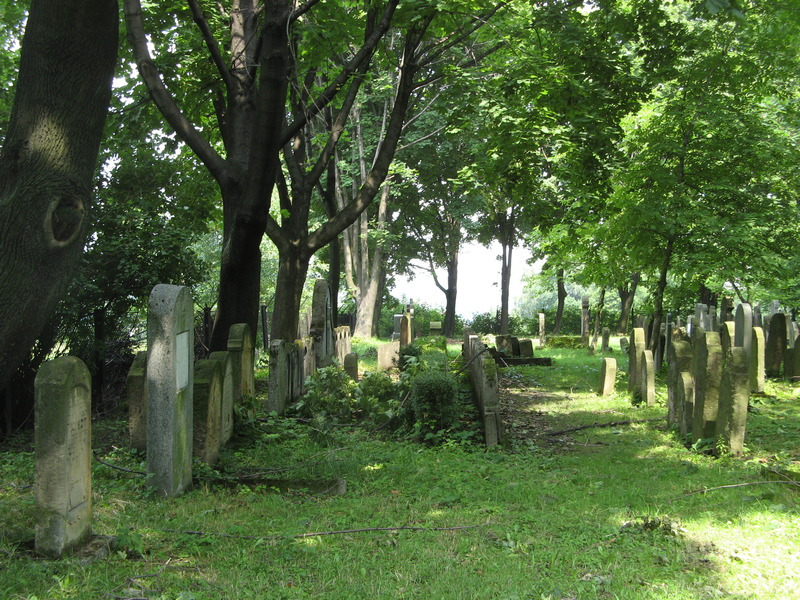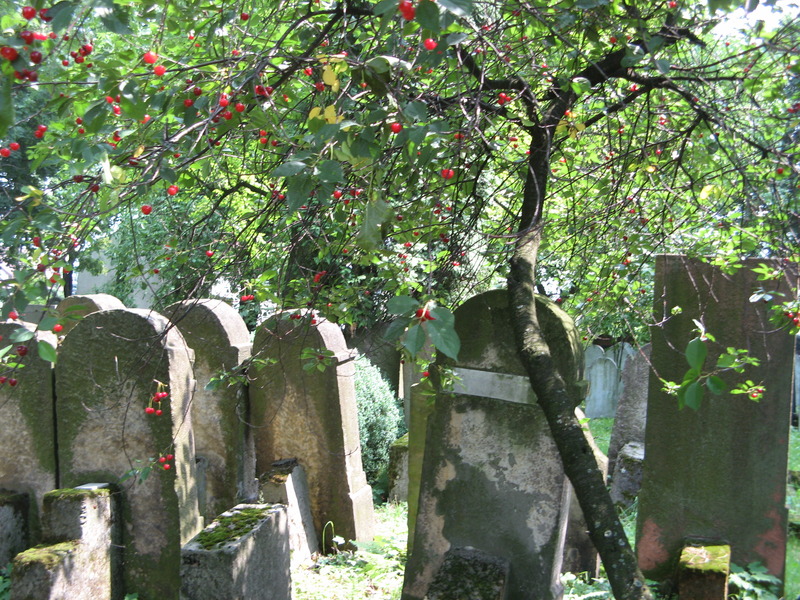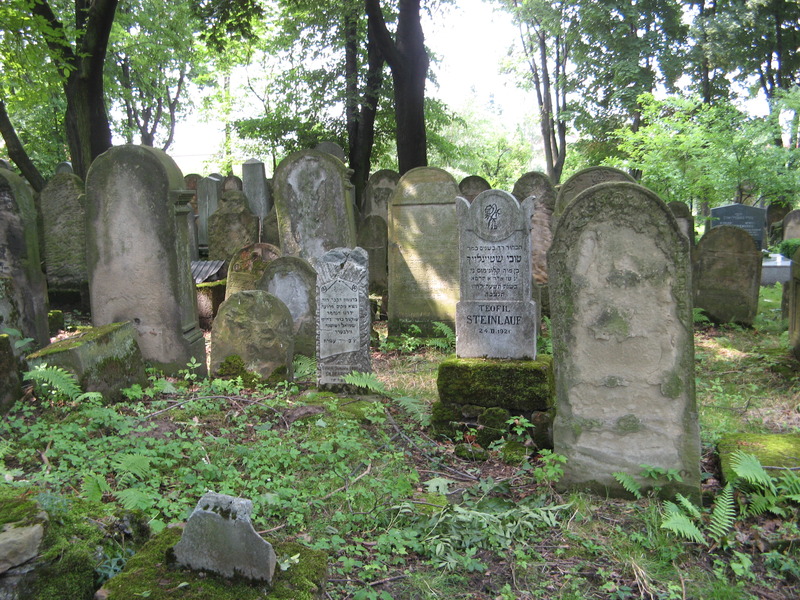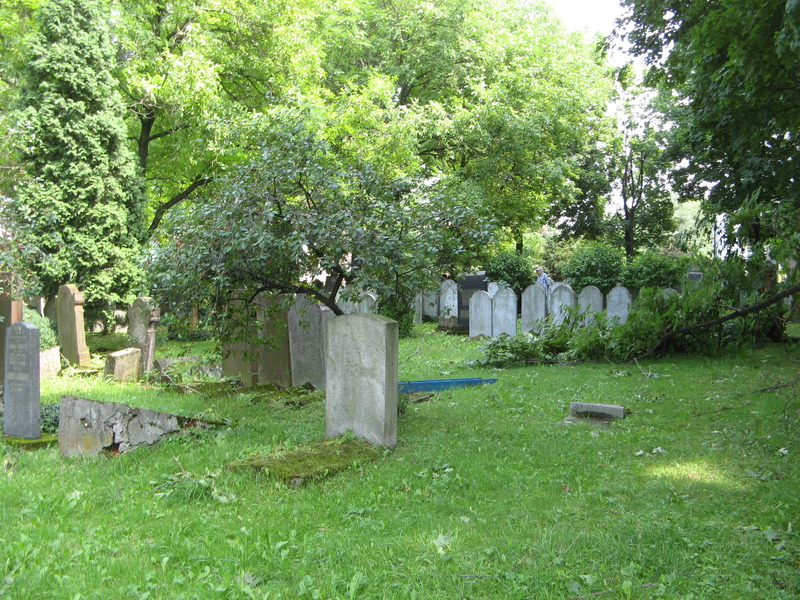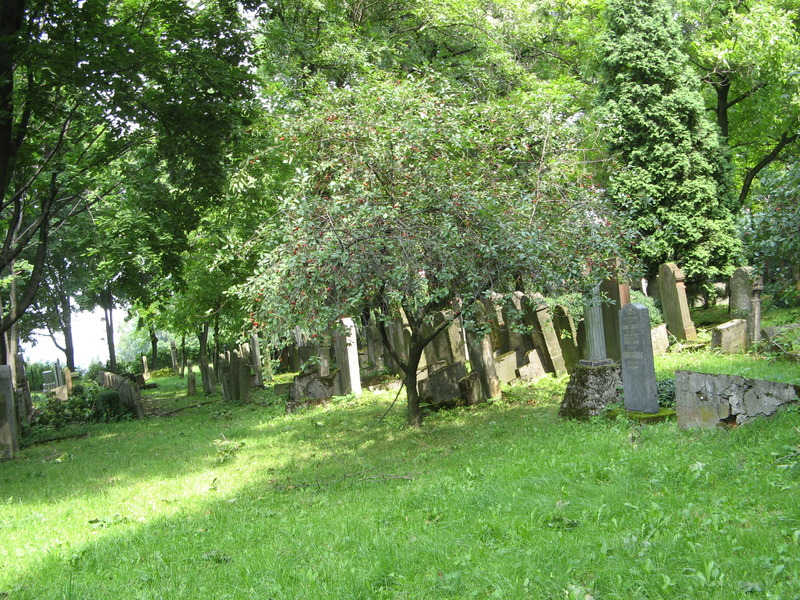 Alternate names: Bochnia [Pol], Bokhnya, Salzberg [Ger], בוכניה-Hebrew. 49°58' N, 20°26' E, 24 miles ESE of Kraków, 25 miles W of Tarnów. 1900 Jewish population: about 2,000. Słownik Geograficzny Królestwa Polskiego (1880-1902), I, pp. 268-269: "Bochnia". Town of 30,000 inhabitants on the river Raba in southern Poland, 35 km SE of Kraków noted for its salt mine built about 1248, the oldest functioning in Europe. Bochnia was the site of one of the most important salt mining resources in Poland. Jews had lived in the town since ts establishment, deriving their livelihood from trade and the distribution of salt. In 1605 Jews were expelled from Bochnia, the majority relocating to nearby Nowy Wisnicz. Bochnia was restricted Jewish dwelling (de non tolerandis Judaeis) until the 1867 granting of citizenship for the Jews of Galicia. Following the first partition of Poland in 1772, the province of Galicia became part of the Habsburg Empire until the 1918 modern Polish state. Since Poland's administrative reorganization in 1999, Bochnia has been the administrative capital of Bochnia County in Lesser Poland Voivodeship, previously part of Tarnów Voivodeship.[April 2009]
Alternate names: Bochnia [Pol], Bokhnya, Salzberg [Ger], בוכניה-Hebrew. 49°58' N, 20°26' E, 24 miles ESE of Kraków, 25 miles W of Tarnów. 1900 Jewish population: about 2,000. Słownik Geograficzny Królestwa Polskiego (1880-1902), I, pp. 268-269: "Bochnia". Town of 30,000 inhabitants on the river Raba in southern Poland, 35 km SE of Kraków noted for its salt mine built about 1248, the oldest functioning in Europe. Bochnia was the site of one of the most important salt mining resources in Poland. Jews had lived in the town since ts establishment, deriving their livelihood from trade and the distribution of salt. In 1605 Jews were expelled from Bochnia, the majority relocating to nearby Nowy Wisnicz. Bochnia was restricted Jewish dwelling (de non tolerandis Judaeis) until the 1867 granting of citizenship for the Jews of Galicia. Following the first partition of Poland in 1772, the province of Galicia became part of the Habsburg Empire until the 1918 modern Polish state. Since Poland's administrative reorganization in 1999, Bochnia has been the administrative capital of Bochnia County in Lesser Poland Voivodeship, previously part of Tarnów Voivodeship.[April 2009]
REFERENCE: They Lived Among Us: Polish Judaica , a travel brochure: Arline Sachs, This email address is being protected from spambots. You need JavaScript enabled to view it.
REFERENCE: Gruber, Ruth Ellen. Jewish Heritage Travel A Guide to East-Central Europe . New York: John Wiley & Sons, Inc., 1992. P. 74
MASS GRAVE: website. Under 1939 and 1945 German occupation, the town was known as Salzberg. At the outbreak of WWII, about 3,500 Jews lived in Bochnia (20%). Occupied by the Germans on September 3,1939, exploitation of the Jewish population began. 200-300 young Jews were sent to the Pustkow labor camp near Debica in mid-1940. At the end of 1940, young Jewish men were sent to the labor camp at Klaj, 12 km west of Bochnia. In December 1940, the Judenrat and the Ordnungsdienst were headquartered at 13 Niecala Street. A closed ghetto surrounded by a wooden fence was established and in July 1941 Jews were prohibited from leaving the ghetto without a special permit, punishable by death. Kowalska, Bracka, Niecala, Sw. Leonarda, Solna Gora, and other neighbouring streets as far as Krzeczowska made up the ghetto. Sanitary facilities were virtually non-existent, and the Germans disconnected the electrical supply to the area. In the "big Aktion" at least 300 Jews were executed at Krzeczkow Jewish Cemetery in Bochnia. On May 18, 1940, Krakow Jews were settled in Bochnia ghetto. In March 1941, 500 Jews from Krzeszowice arrived. In Spring 1942, a large group from Mielec arrived. The first deportation (204 Jews from a labor camp) from Bochnia ghetto took place on April 16, 1942. On August 21, 1942, all of the Jews of the Bochnia district were forced into the ghetto including the entire Wisnicz Jewish community (1,500 peohttp://galiciantraces.com/bochnia/ple) and Jews from the villages of Breshnow (Brzeznica), Kopaliny, Bogucice, Lipnica Murowana, Lapanow, Nowy Wisnicz, Rzezawa, Targowisko, Trzciana, Uscie Solne, and Zabierzow. The first Aktion in Bochnia took place between August 25 and 27, 1942 when all ghetto residents not to be deported got a special stamp on their Ausweis (identity card). All others, the majority, reported to the military barracks by 8 a.m. on August 24 . Selection at the Kaserne was random because Jews with permits to stay in the ghetto were taken.Jewish policemen brought their own parents, wives, and children to fill the quota. About 600 elderly and sick were shot during the search of the ghetto by the Gestapo. A group consisting of mainly elderly people, women, and children were taken by trucks to the nearby village of Baczkow with all patients of the Jewish hospital. All 1,200 people were shot and their bodies thrown into a large pre-prepared pit. Thenext day, the remaining 2,000 were marched to waiting freight cars and transported to the Belzec death camp. About 1,000 Jews left in the ghetto and another 400 "unofficials" in hiding remained. Thousands of Jews from the vicinity came out of hiding and arrived at the ghetto. All of the workshops were reopened with 8,000 Jews in the ghetto and 3,000 working. Bochnia Ghetto became a labor camp. On September 24, 1942 the Germans conducted a round-up with able-bodied men unable to produce worker permits arrested. 100 men were sent to the heavily guarded military airfield Rakowice (Rakowitz) labor camp near Krakow surrounded by a barbed-wire fence. In the winter 1942, the camp was liquidated with all Jewish prisoners were sent possibly to Auschwitz. The second Aktion in Bochnia took place on November 10, 1942 when 70 people were killed in the ghetto or at the communal cemetery at Solna Street and 500 were deported to Belzec. Shortly after the second Aktion Bochnia Ghetto grew again to about 5,000 with Jews fleeing to the town or being deported from the surrounding area. On September 1, 1943, the final liquidation of the Bochnia Ghetto began. Some 4,000 people, all children, elderly and non-workers were transported to Auschwitz-Birkenau for extermination. About sixty people were shot at the communal cemetery at Solna Gora and their bodies cremated. The remainder, about 1,000 younger people were transferred to the camp at Szebnie. Few survived. 150 Jews were left in Bochnia to clear the ghetto area. After six weeks, 100 were taken to Szebnie camp. The remainder continued working until December and then were transferred to KL Plaszow. In the following weeks, approximately 500 Jews in hiding in the town were discovered, immediately taken to the Jewish cemetery, and shot. About 15,000 Jews were deported from Bochnia with at least another 1,800 killed in the town and its surroundings. About 90 Jews from Bochnia survived the war, either in hiding, in camps, or in the Soviet Union. Most of them immigrated. [April 2009]
Jewish Cemetery photos [January 2006]
US Commission No. POCE000016: The US Commission is not finished rechecking this file [2000].
Photos courtesy This email address is being protected from spambots. You need JavaScript enabled to view it. [Photos taken 2012]
Photos by Charles Burns [November 2017]


